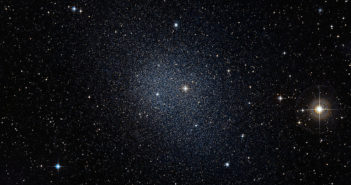
Investigating Black Hole Formation
Astrobites reports on recent black hole mass measurements and what they say about how black holes may have formed in the early universe.

Astrobites reports on recent black hole mass measurements and what they say about how black holes may have formed in the early universe.
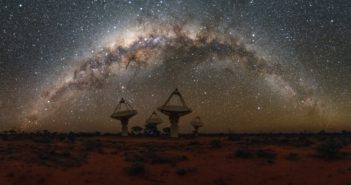
A recent study has used bursts of radio emission to probe whether the outskirts of our galaxy are hiding vast quantities of “missing” baryonic matter.
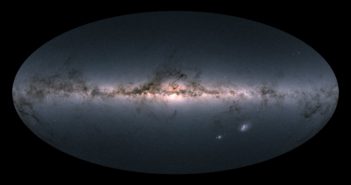
Combining Gaia data with the HR diagram — a plot of star colors and brightnesses — can tell us new things about the lives of stars.

A new study explores how oceans and continents affect whether a habitable-zone planet can actually support life.
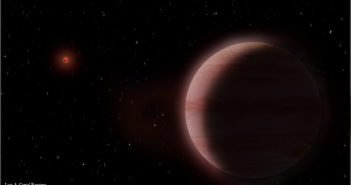
Astrobites reports on the second exoplanet ever discovered via precise measurements of a star’s changing position.
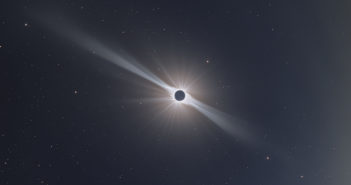
This stunning image of the Sun and its corona is composited from hundreds of individual frames captured during a solar eclipse.
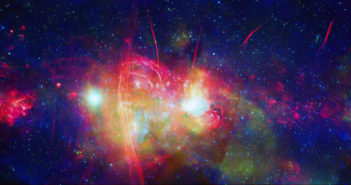
What model of dark matter best describes our universe? A new study uses a unique region in our own galaxy to constrain one particular model: that of fuzzy dark matter.
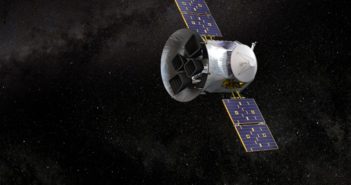
TESS has been up to more than just finding planets! The spacecraft recently provided insight into an oddly behaving white dwarf.
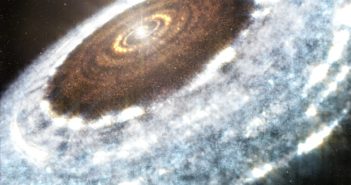
A report from Astrobites explores the origins of complex molecules within protoplanetary disks, focusing on formaldehyde.
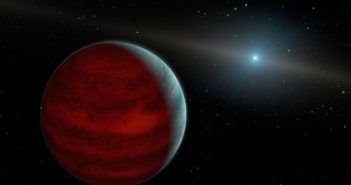
A new study shows it’s possible to efficiently hunt down a wide-orbit planet starting from only one observed transit.

The movement of gas into and out of galaxies heavily impacts galaxy evolution. So how does gas flow out of galaxies that are very actively forming stars?
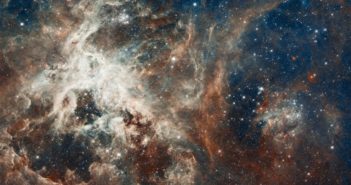
Today we celebrate a milestone for AAS Nova and reflect on some of what’s happened in astronomy in the past five years.